A referendum in trouble
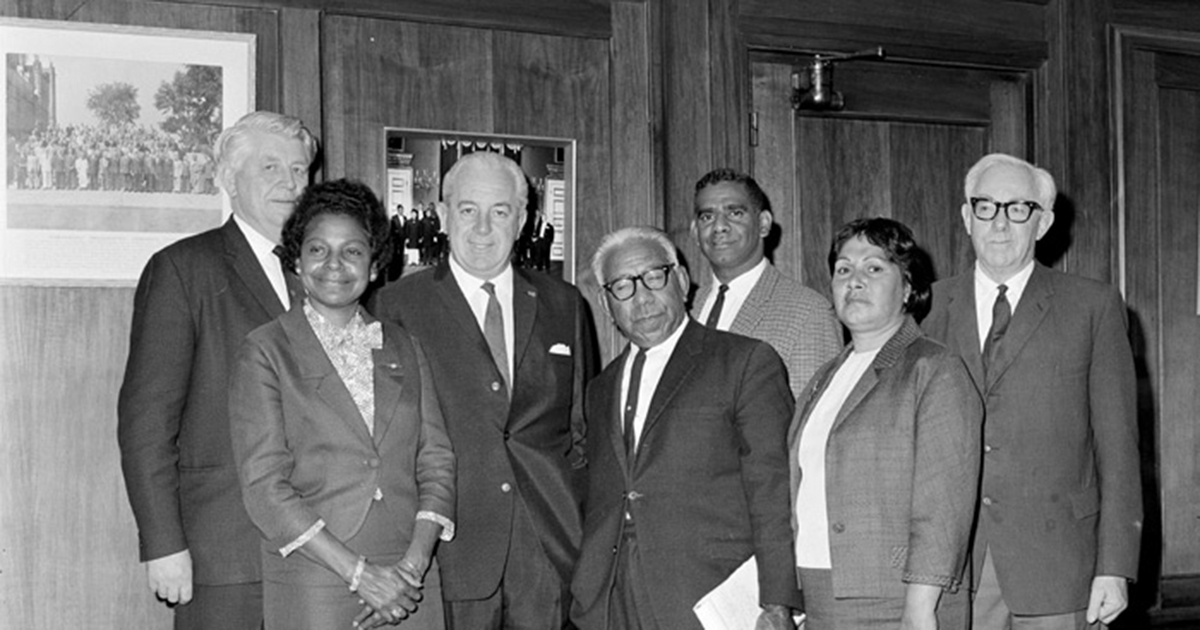
On 27 May 1967, a proposal to change two clauses of the Australian Constitution won the approval of 90.77 per cent of those who voted, the highest ever achieved in an Australian referendum. In the forthcoming referendum, according to various opinion polls, the best the advocates for a ‘yes’ vote can hope to achieve is a bare majority. How can this difference be explained? Several factors appear to be at work. They range from the simple, which are acknowledged, to the complex, which don’t seem to be known.
In 1967 the Aboriginal question in the referendum enjoyed bipartisan support or at least no major political party recommended the punters vote ‘no’. No official ‘no’ case was presented. Few Australians expressed misgivings about the ‘yes’ case in the media. No one campaigned against it. The forthcoming referendum does not have bipartisan support. There will be an official ‘no’ case. And many non-Indigenous and some Indigenous people have already expressed opposition to the proposal.
Continue reading for only $10 per month. Subscribe and gain full access to Australian Book Review. Already a subscriber? Sign in. If you need assistance, feel free to contact us.




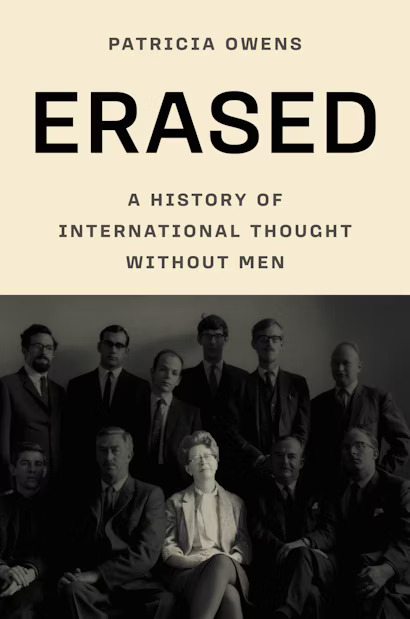
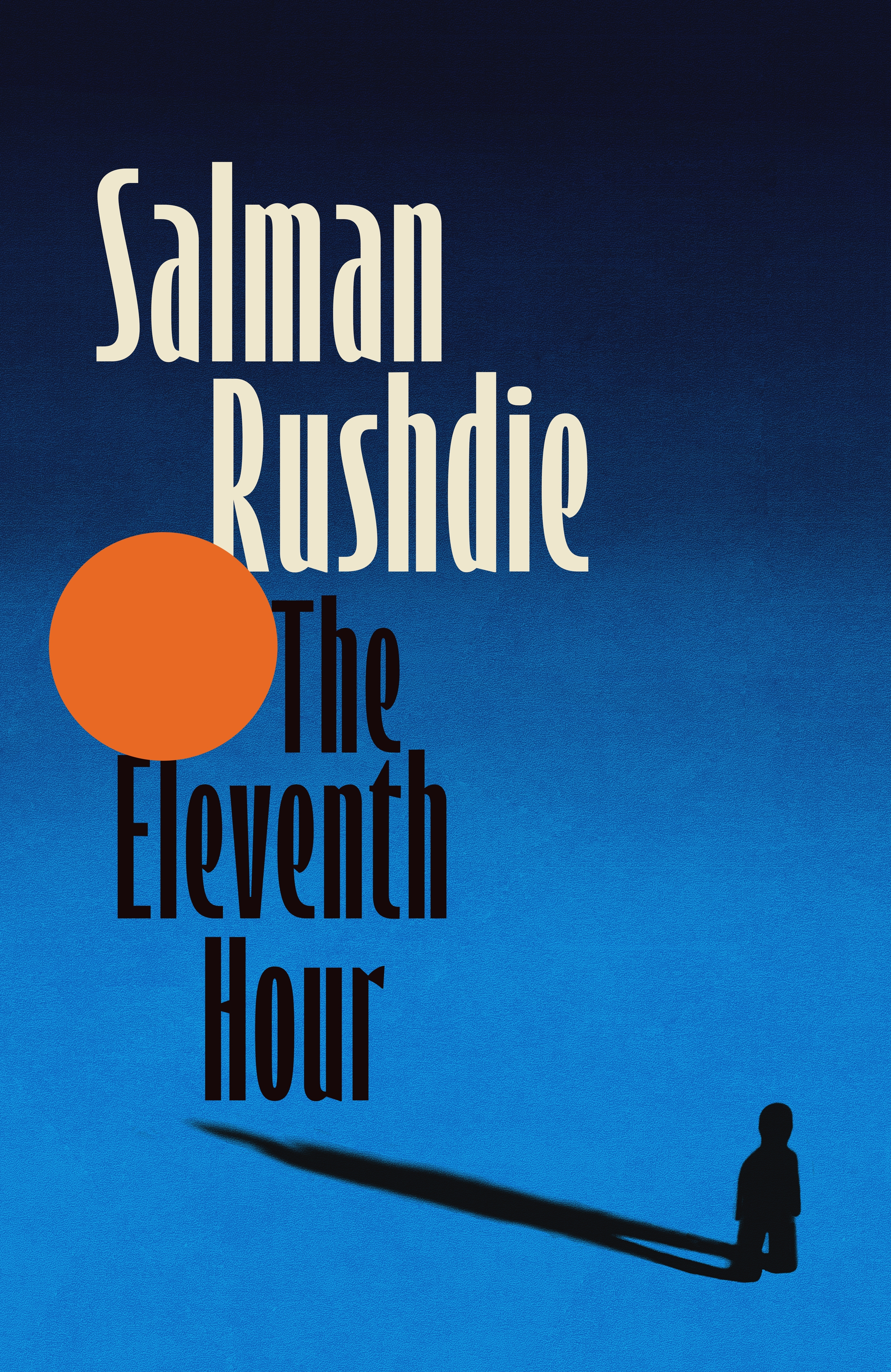
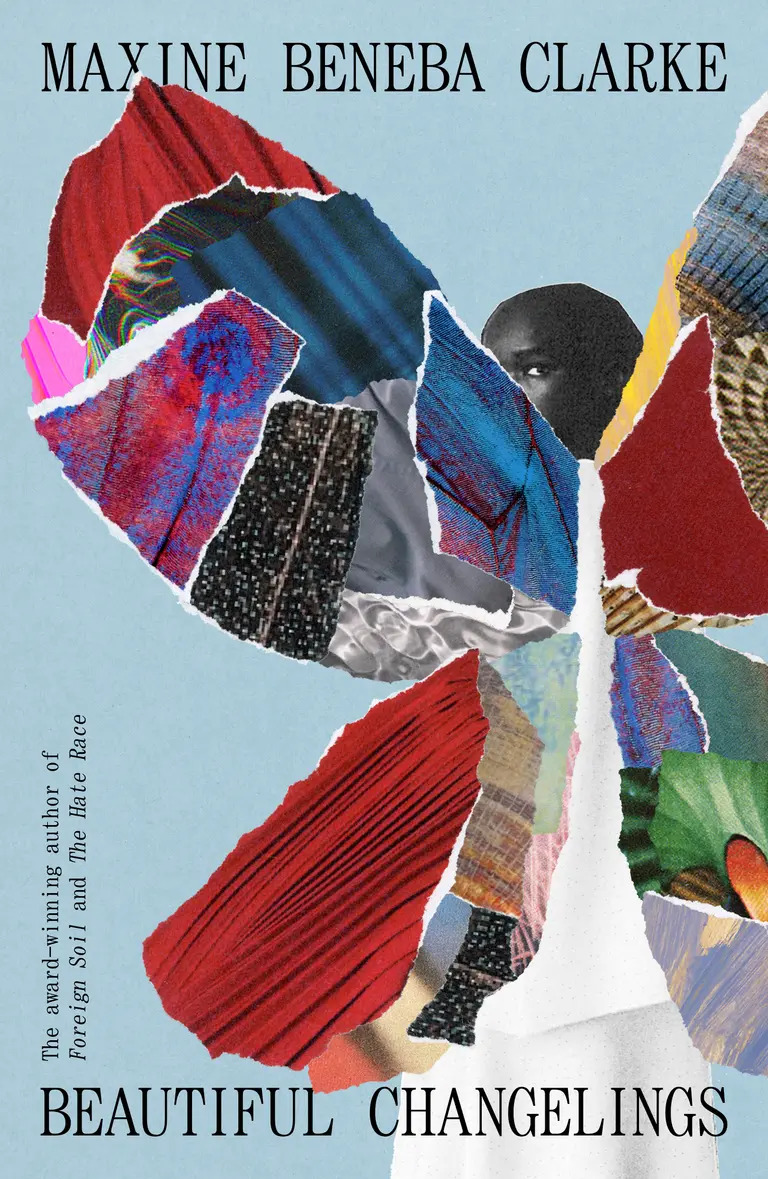

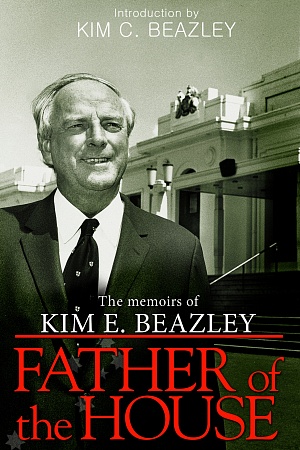

Comments (3)
Relevantly this included section 24:
“24. Constitution of House of Representatives
The House of Representatives shall be composed of members directly chosen by the people of the
Commonwealth, and the number of such members shall be, as nearly as practicable, twice the number of the
senators.
The number of members chosen in the several States shall be in proportion to the respective numbers of
their people, and shall, until the Parliament otherwise provides, be determined, whenever necessary, in the
following manner:
(i) a quota shall be ascertained by dividing the number of the people of the Commonwealth, as shown
by the latest statistics of the Commonwealth, by twice the number of the senators;
(ii) the number of members to be chosen in each State shall be determined by dividing the number of
the people of the State, as shown by the latest statistics of the Commonwealth, by the quota; and if
on such division there is a remainder greater than one-half of the quota, one more member shall be
chosen in the State.
But notwithstanding anything in this section, five members at least shall be chosen in each Original State.”
Also relevantly Sections 89 and 93, required the allocation of certain Commonwealth expenses in proportion to “the number of its people when calculating the payment to the States of the balance of customs duties collected by the Commonwealth in the interim five-year period. And section 105, providing for a method of taking over part of State debts calculated numbers of their (the States) peoples. Thus, the real purpose of section 127 was to prevent Queensland and Western Australia from using their large Aboriginal populations to gain extra seats in the Commonwealth Parliament and a larger share of taxation revenue while withholding franchise from that population .
The term people of or people of a designated state occurs in the preamble, sections 3, 5, 7, and 15, but no
calculation was involved.
And for this purpose, section 25 was added for (for what lawyers might say) the avoidance of doubt:
25. Provisions as to races disqualified from voting
For the purposes of the last section, if by the law of any State all persons of any race are disqualified from
voting at elections for the more numerous House of the Parliament of the State, then, in reckoning the number
of the people of the State or of the Commonwealth, persons of that race resident in that State shall not be
counted.
In 1901, in their Annotated Constitution of the Australian Commonwealth, Quick and Garran commented that section 25 was modelled in in part on the 14th amendment of the US Constitution and had wider operation than the aboriginal race to “where, in any State, all the persons of any race – such, for instance, as Polynesians, Japanese, etc, are disqualified from voting at elections for the popular chamber in the State, the person in that State cannot be counted in the statistics used for ascertain the quota.”
Incidentally as to the census, “aboriginal natives” were always counted. The Report of the Expert Panel on Constitutional Recognition of Indigenous Australians “Recognising Aboriginal and Torres Strait Islander Peoples in the Constitution” reports (in 2012) at paragraph 1.2:
“Notwithstanding the reference in section 127 of the Constitution to ‘aboriginal natives’, the Constitution provided no definition of the term. Following an opinion obtained from the attorney-general, the first Commonwealth statistician confined the expression to ‘full-bloods’, and treated Torres Strait Islanders as outside section 127. The Bureau of Census and Statistics interpreted section 127 as meaning that it could include ‘aboriginal natives’ in the count, but that they were to be excluded from published tabulations of population.39 After 1901, the dominant expression in Commonwealth legislation was ‘aboriginal native of Australia’. That reference first appeared in 1902 in the Commonwealth Franchise Act, and was last used in 1973 in the Aboriginal Affairs (Arrangements with the States) Act.40
The decline of the ‘full-blood’ population prompted a legislative response, with New South Wales legislation first referring to ‘half-castes’ in 1839, South Australia in 1844, Victoria in 1864, Queensland in 1865, Western Australia in 1874, and Tasmania in 1912. Thereafter and until the late 1950s the definition of aboriginality by ‘blood’ was the standard test.
At the first Australian census in 1911, only those ‘aboriginal natives’ living near white settlements were counted, and the main population tables included only those of half or less Aboriginal descent. Details of ‘half-caste’ (but not ‘full-blood’) Aboriginal people were included in the tables on race. Details of ‘full-blood’ Aboriginal people were included in separate tables. The practice was followed in all censuses up until 1966.
In 1929, the federal Attorney-General’s Department advised the Chief Electoral Officer that an ‘aboriginal native’ was a person in whom Aboriginal descent preponderated, and that half-castes were ‘aboriginal natives’ within the meaning of section 127. The Commonwealth Electoral Office applied this definition for Commonwealth electoral purposes between 1929 and 1961.”
In short by 1966 with universal franchise section 127 had done its job and section 25 was good enough to deal with any relapses on franchise and electoral of financial rorting.
What we see everywhere is a lack of people who are prepared to step up and join the forces that are actively working on the big nation-building issues.
Recognising, for instance, that it is not enough to simply cast your vote and lament the failings of politics, while the branch of your preferred political party struggles to field a quorum at its local meetings.
The humility that is required to admit you don't have the answers is a rare quality seldom encountered.
Leave a comment
If you are an ABR subscriber, you will need to sign in to post a comment.
If you have forgotten your sign in details, or if you receive an error message when trying to submit your comment, please email your comment (and the name of the article to which it relates) to ABR Comments. We will review your comment and, subject to approval, we will post it under your name.
Please note that all comments must be approved by ABR and comply with our Terms & Conditions.